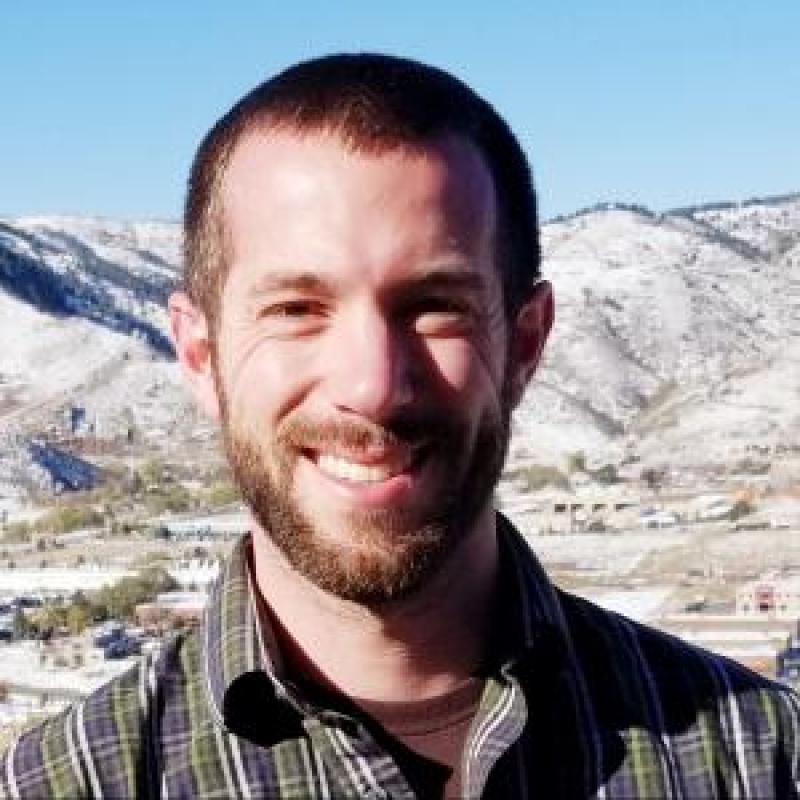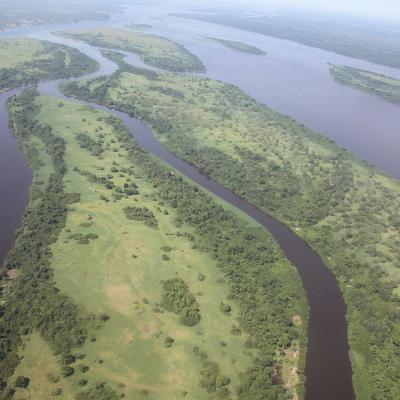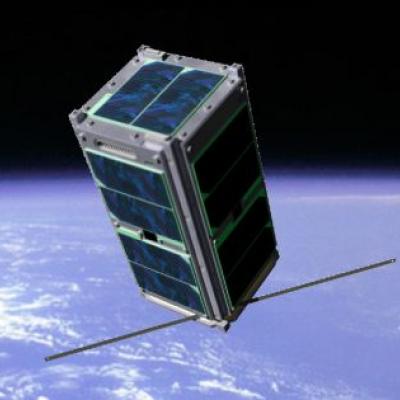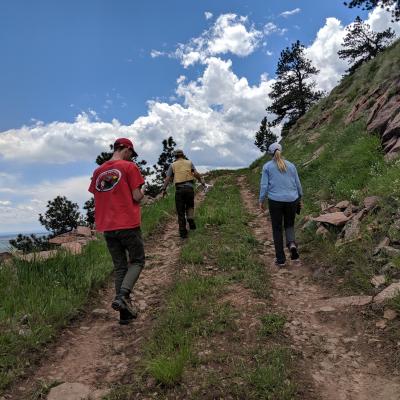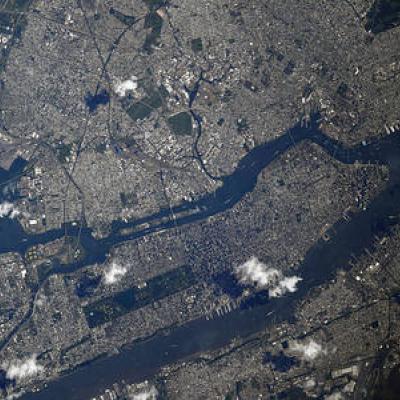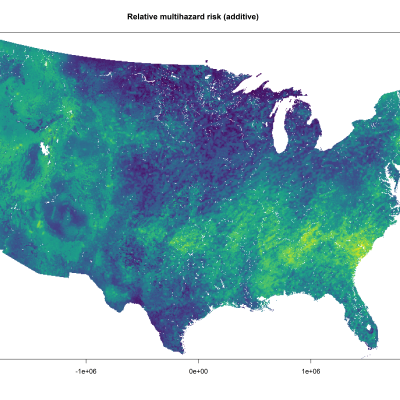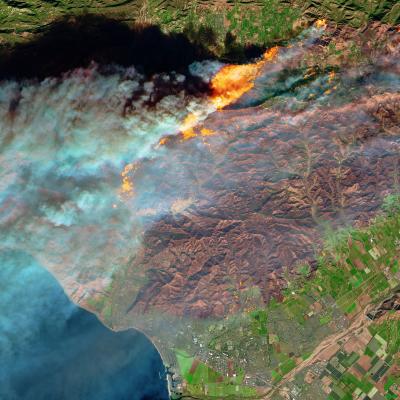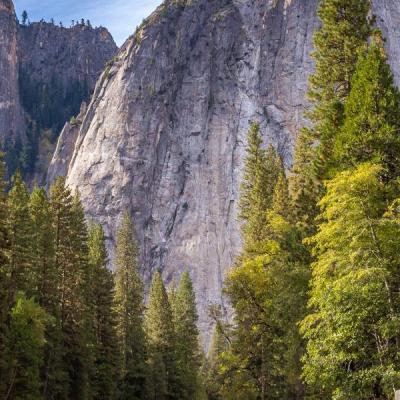His active research and interests include the use and application of multi-modal, multi-scale, and multi-temporal remote sensing data, along with computer vision and deep learning techniques applied to urban and natural change, feature detection, disaster response, and environmental monitoring.
Joe holds a BS in Electrical Engineering from the University of Akron, where he focused on signal processing and controls, and a MS in Imaging Science from the Rochester Institute of Technology where his thesis pertained to waveform lidar and hyperspectral image analytics. Before joining Earth Lab, Joe was an imagery scientist in Esri’s Professional Services group where his work dealt with data fusion using active and passive remotely sensed data with applications in feature extraction and change detection.
In his free time, Joe enjoys traveling, soccer, disc golf, and being outside in the high- and low-country.
